-
Posts
19,304 -
Joined
-
Last visited
Content Type
Profiles
Forums
Articles
Gallery
Downloads
Events
Posts posted by JHCC
-
-
That is true, but (like us) they do have tracheae. The difference is that they absorb oxygen through the surfaces of the tracheae, while ours serve to transport air to the lungs, where the oxygen is absorbed. The spiracles are the open ends of the tracheae.
-
On 3/8/2024 at 9:07 PM, SLAG said:
The technical word for insect "hearing thingies" if spiracles.
On 3/9/2024 at 6:01 PM, Frosty said:Okay, insect ears are spiracles. What do you call their breathing structures(better?) they aren't noses.
No, the word for breathing apparatus is indeed "spiracle", from the Latin "spirare", to breathe. This is the same word from which we get "respiration".
The technical term for insect hearing thingies varies according to the insect, as not all insects are capable of true hearing (although most are sensitive to vibration). In grasshoppers, for example, the term is "tympanal organ" or simply "tympanum", which is the Latin for "drum". Like the human tympanal membrane (the eardrum), this membrane (located on their knees) picks up vibrations from the air, converts them into nerve impulses, and send these to the brain.
-
-
I might handle it and try it out on some of the local sandstone. If nothing else, it’s a pretty tool.
-
In the upper right corner? That's the head of a quarry pick, used for cutting or carving stone. You can see a larger one being used in Mr. Chickadee's video of making a stone base for his anvil, starting at about the 8:05 mark.
-
The books were better. In particular, "The Mysterious Island" has an extensive description of the castaways smelting iron from ore they find on the island and then forging progressively more sophisticated tools.
-
5 minutes ago, Scott NC said:
where the good stuff goes, I don't know.
eBay, a lot of the time.
-
21 hours ago, Frosty said:
think sickle moon
"I shed many tears before the thin moon rose up, frail and faint as a sickle of straw."
-- Dorothy L. Sayers, The Nine Tailors
-
Get with the times, Frosty: everything is laser-cut nowadays.
-
-
And this just arrived in the mail: four different densities of “therapy putty” (basically industrial strength Silly Putty) which I’ll be trying out as a pitch replacement in my Repoussé on the Road kit.
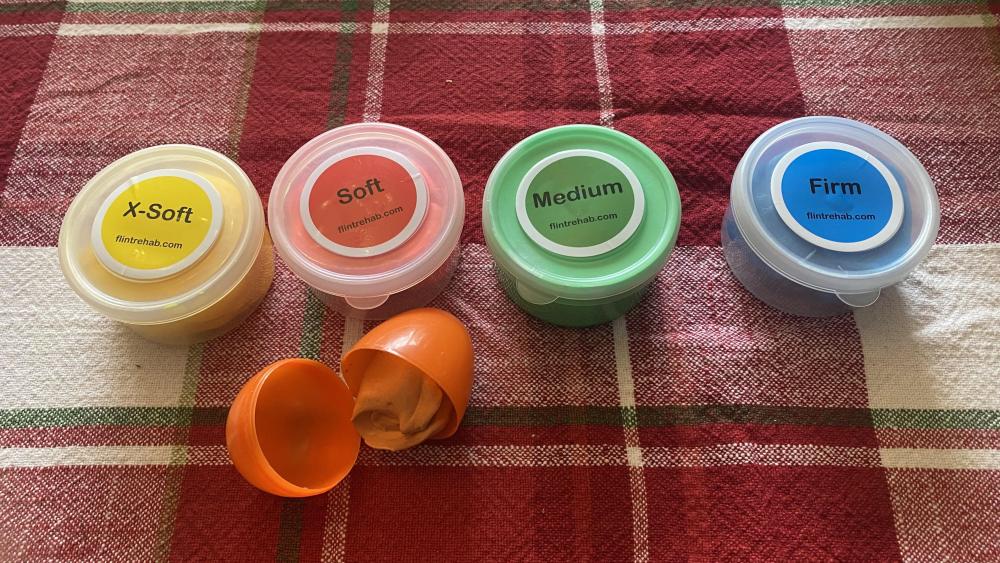
(The Soft is about the same density as the SP in the egg, which works okay but sometimes feels a bit too soft.)
-
-
That’s an interesting one, although it’s arguably more “fabrication” than “blacksmithing” per se.
-
It’s The Vintage Tool Shop in Fremont. Interestingly, the guy who runs it is also one of the suppliers for Colonial Homestead in Ohio, which I mentioned visiting in an earlier post.
-
The problem is that mugwort easily regrows from its roots, so cutting it back doesn't get rid of it. Instead of forging a sickle, you need to think about making some kind of weeding claw that will help you get the entire root system out of the ground, as it can easily regrow from a single rhizome.
-
Here are two good videos about scythe forging, the first from Torbjörn Åhman:
And the second from the Northmen channel:
-
-
-
For those who missed the update on “What did you do in the shop today?”, I ended up making an oversized screw extractor and twisting the die out with a pipe wrench:
In other news, a visit to a vintage tool shop in southern New Hampshire yielded a quartet of old hammers: two sinking and two chasing.
I paid a bit of “antique premium”, but not excessive. We actually went across the road to their house and up to the spare bedroom on the second floor to dig three of these out of a dresser drawer, and then closed the deal over the kitchen table. Nice folks.
-
He's got a couple of follow-up videos that I haven't watched yet.
-
13 hours ago, Frosty said:
probably saw more loaded gondolas
I thought Venice was in Florida, not North Carolina.
-
Cool idea, and very creative approach. My only qualm is that he’s not getting any mechanical advantage out of his linkage, but that’s a minor detail.
-
There’s a good thread on homemade chaser’s pitch HERE.
Here’s a tip I picked up on the Chasing and Repoussé Facebook group for a backing material that can be easily molded onto the non-working side of your piece, comes right off with needing to be heated, and actually has the intriguing non-Newtonian property of getting harder as it’s struck:
Silly Putty!
This is now an indispensable part of my “repoussé on the road” kit, since it can be applied, removed, repositioned, and reapplied at will and without needing a heat gun or a torch.
-
17 hours ago, George N. M. said:
Red, if it isn't too costly I'd say to get it. If nothing else, you can use it as trading stock with other blacksmiths.
Exactly this, with all the caveats posted above.
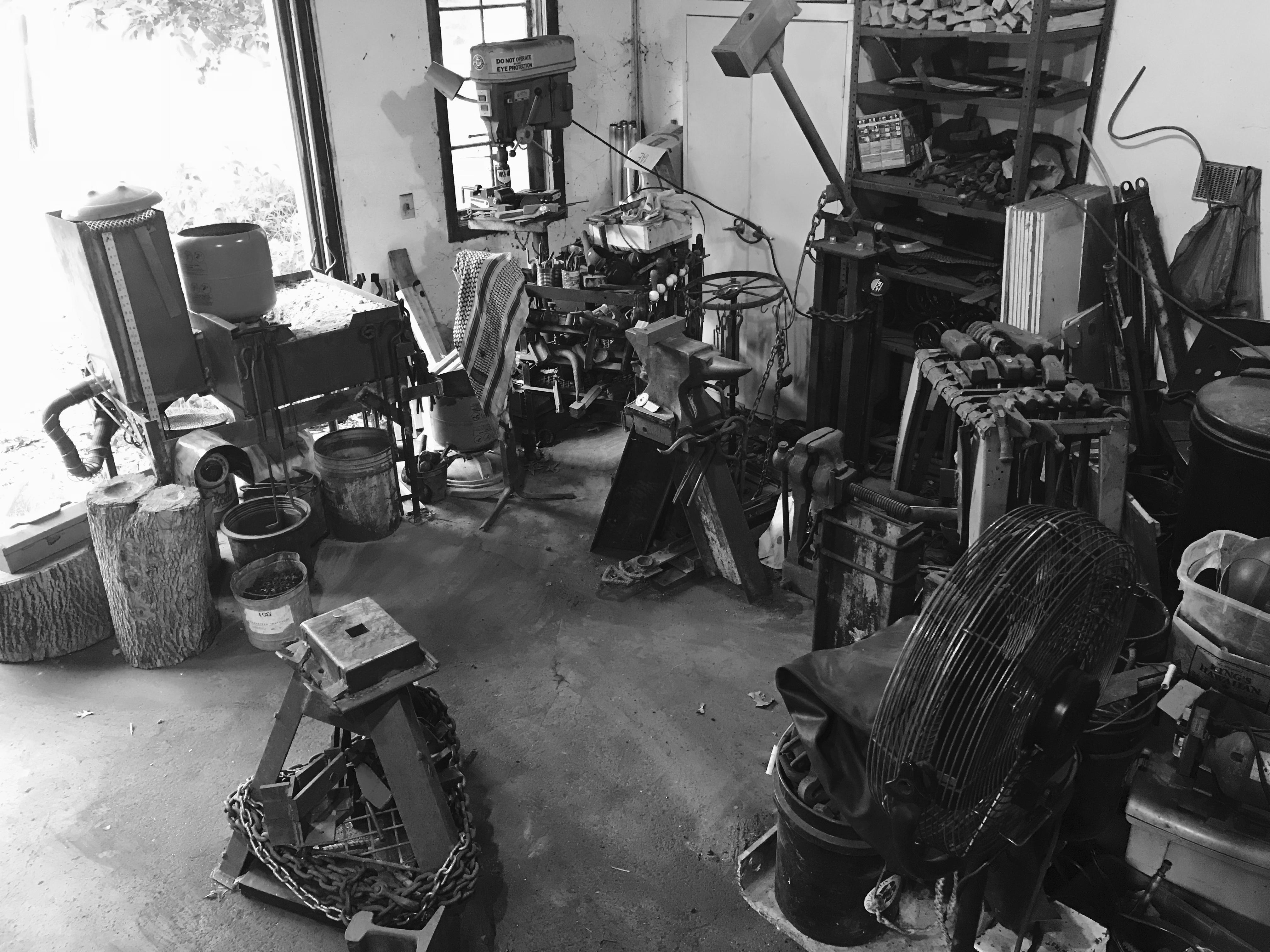

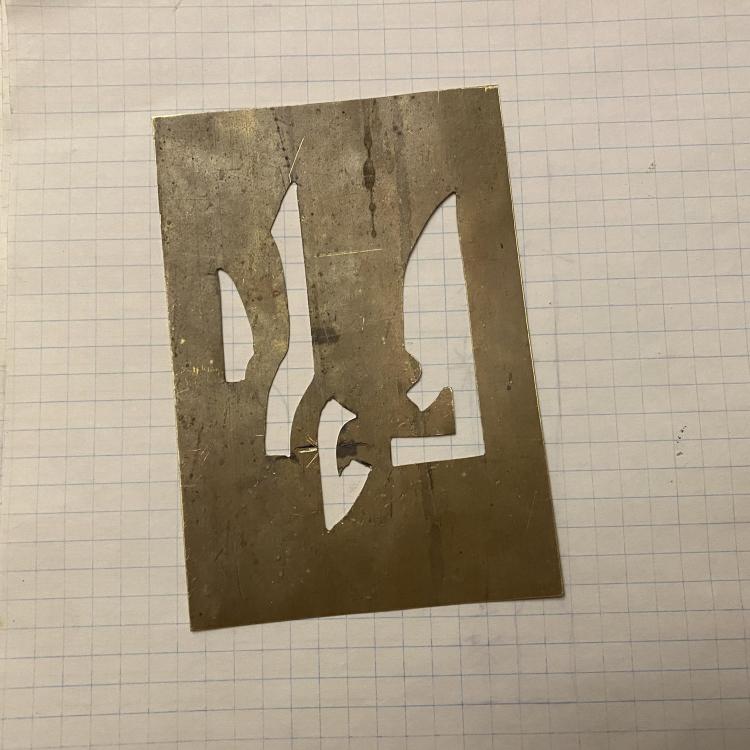
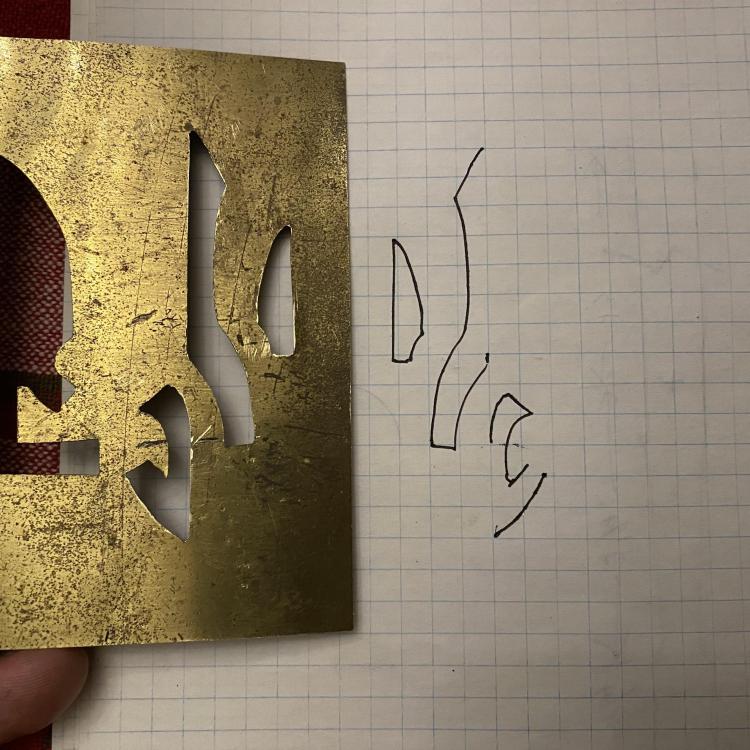
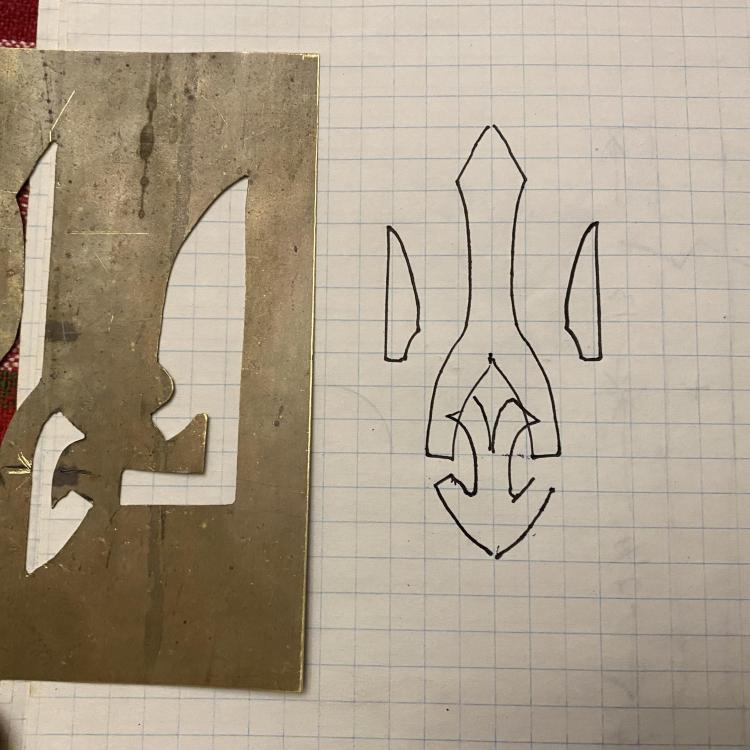
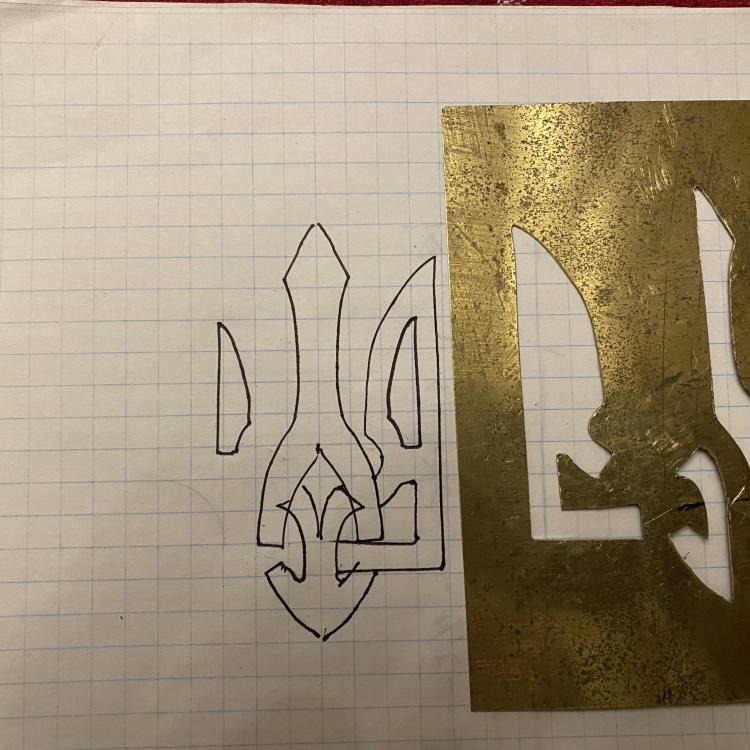
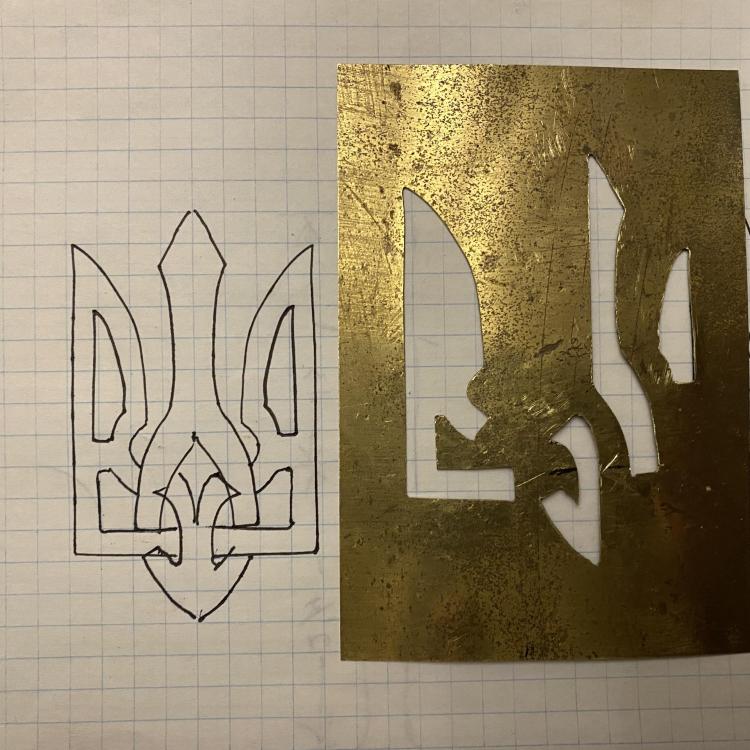
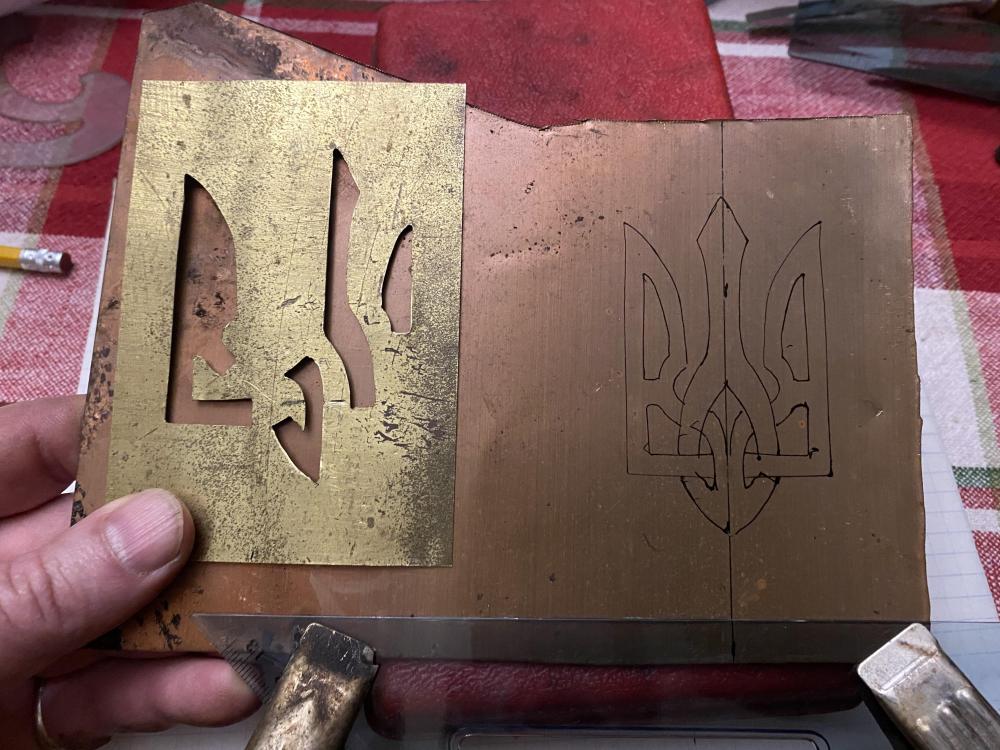
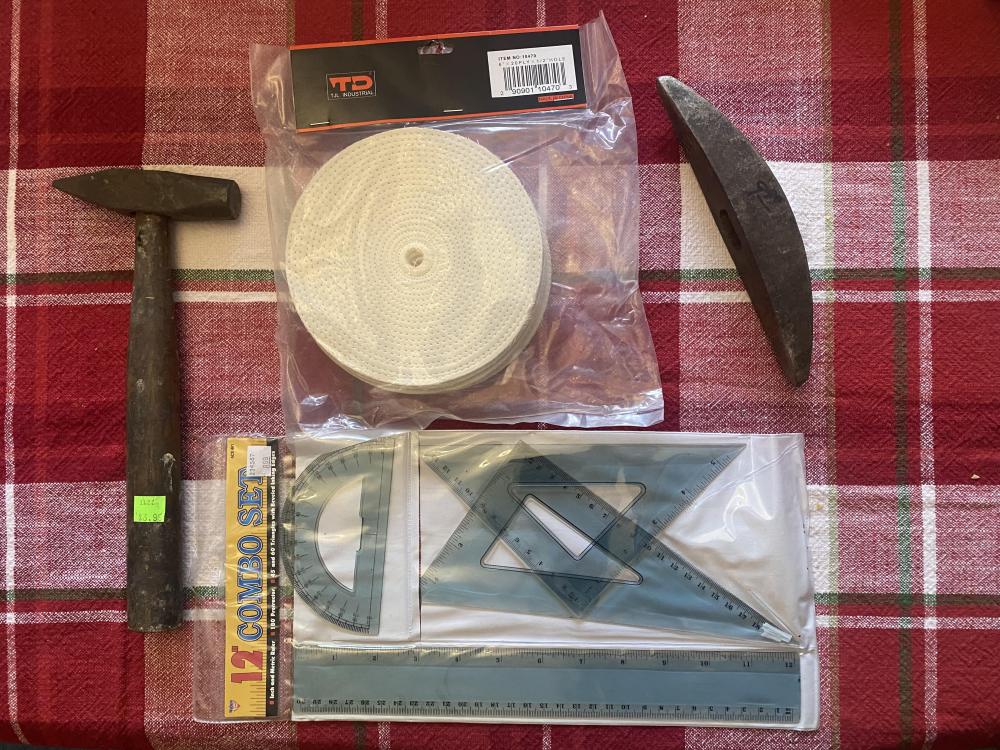
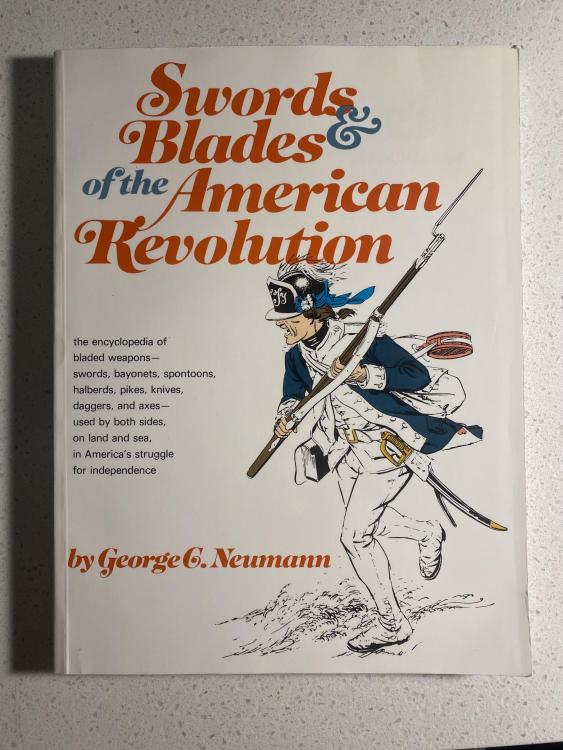
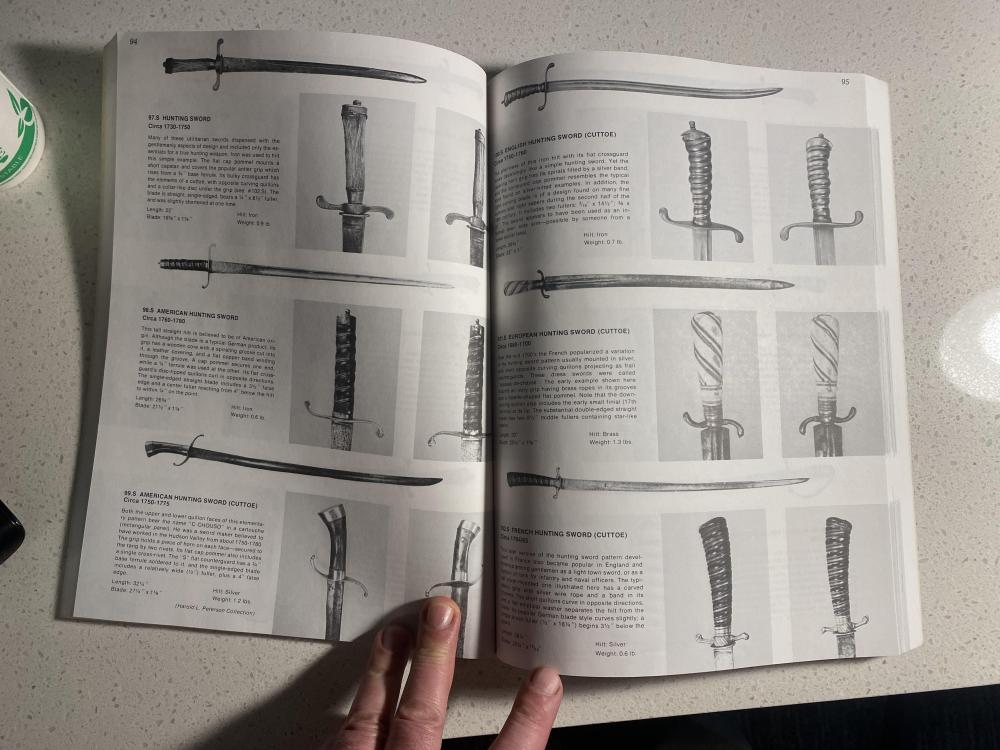
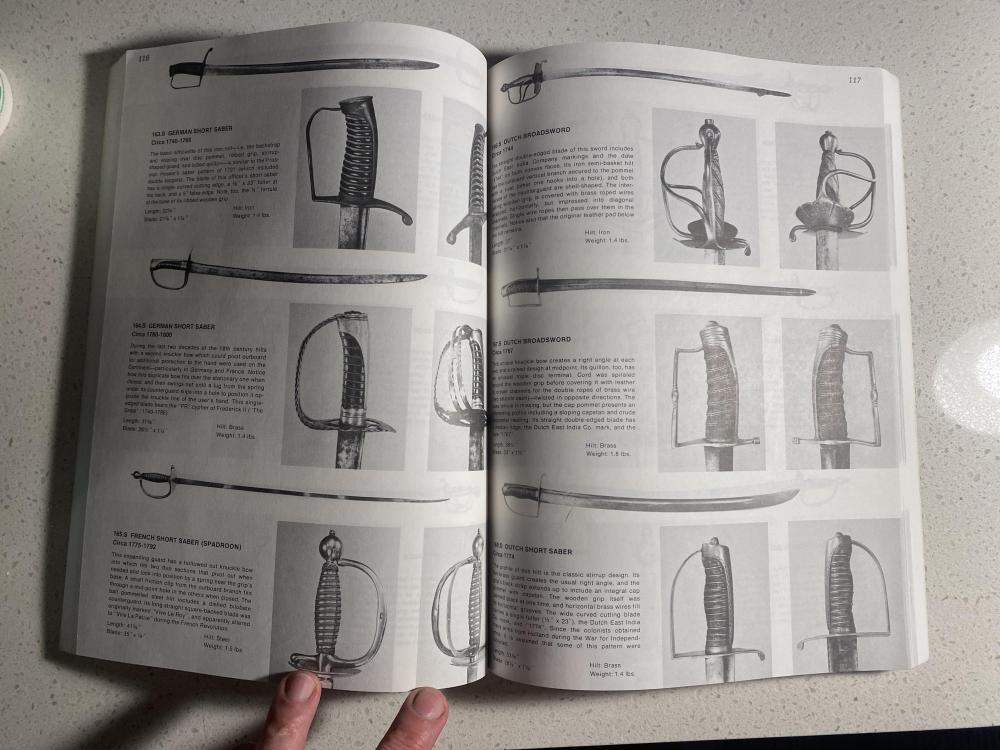
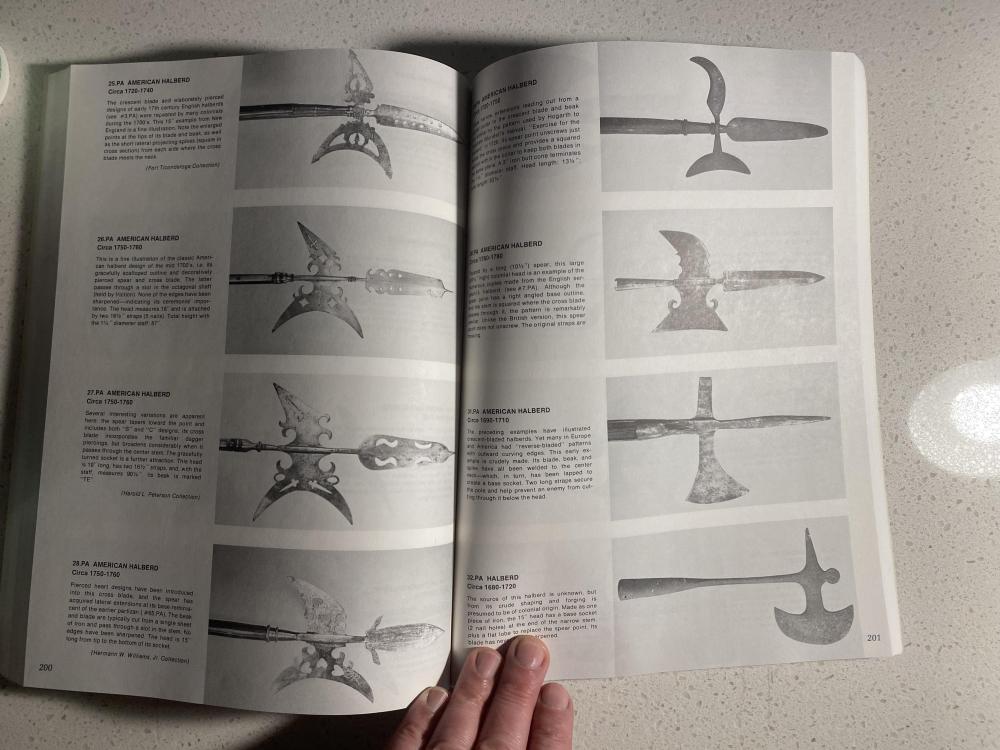
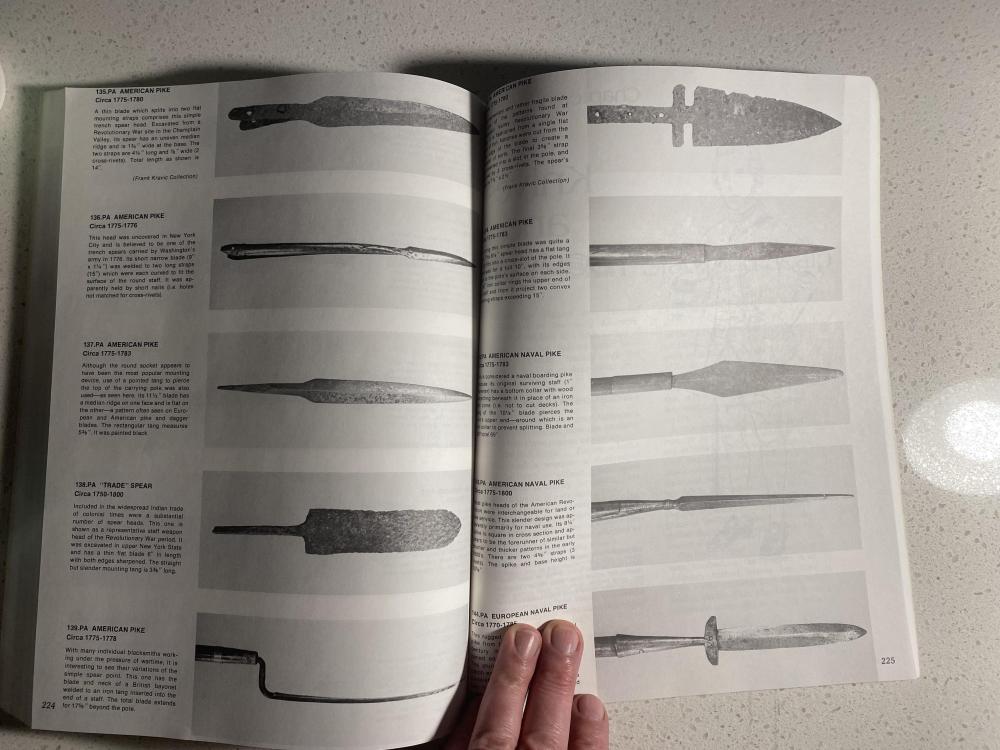
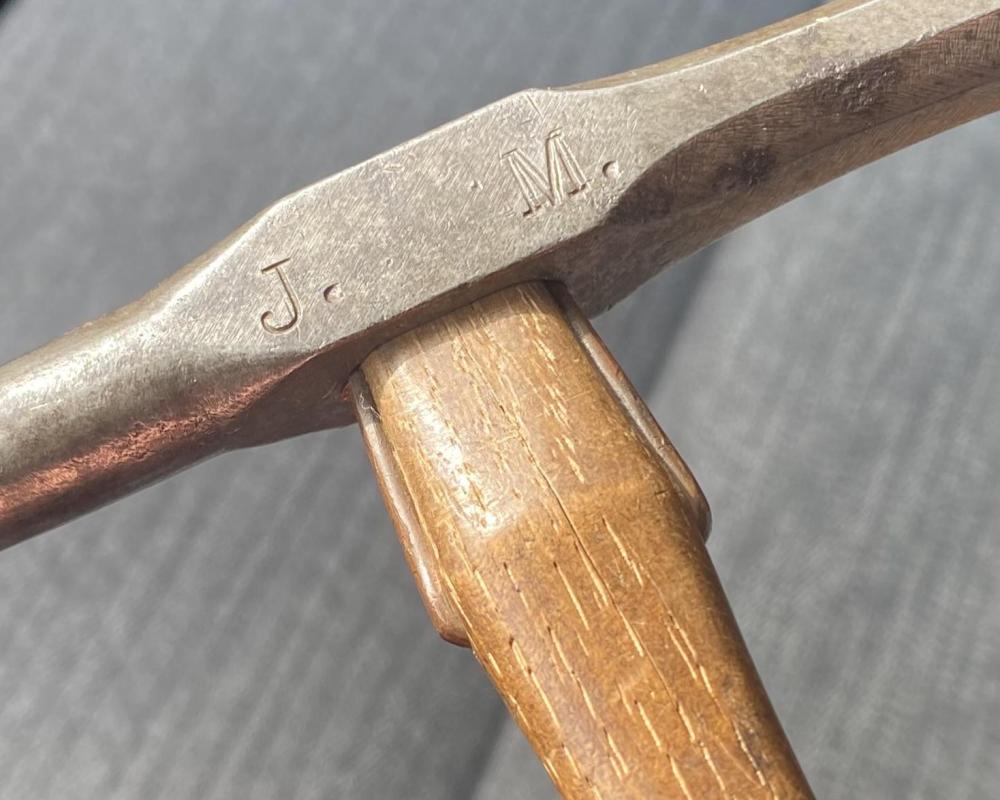
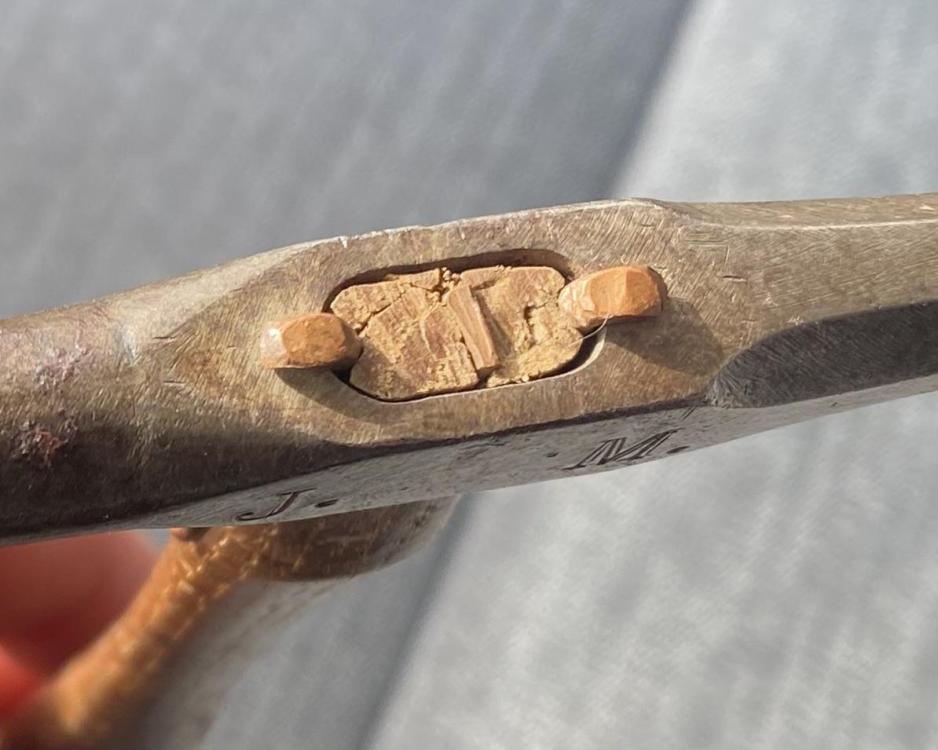
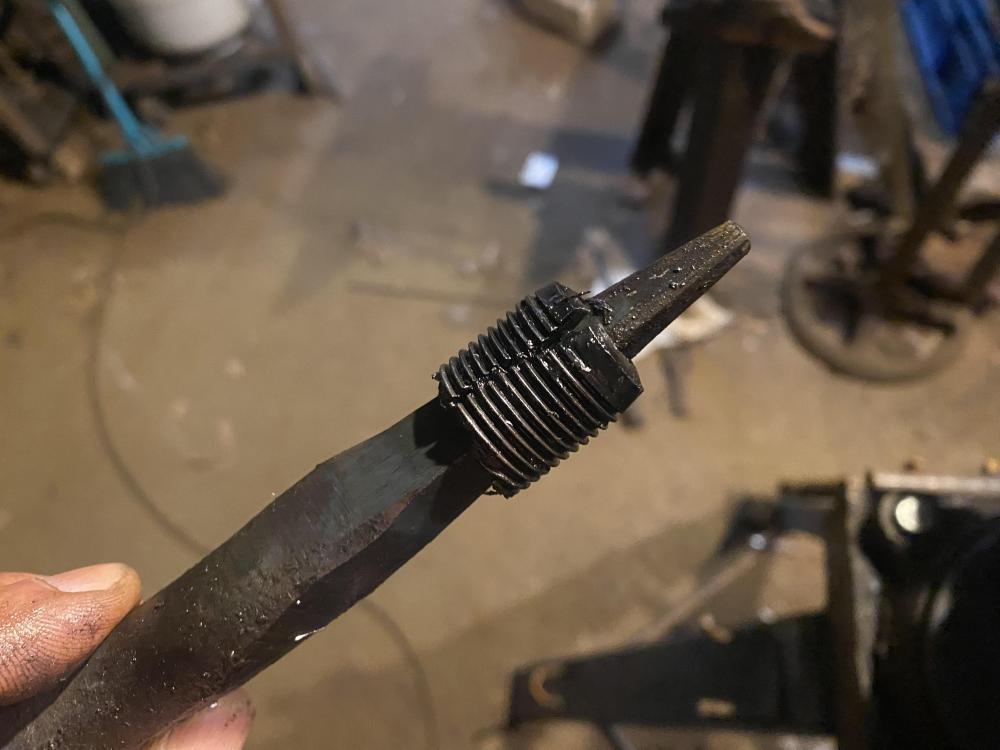
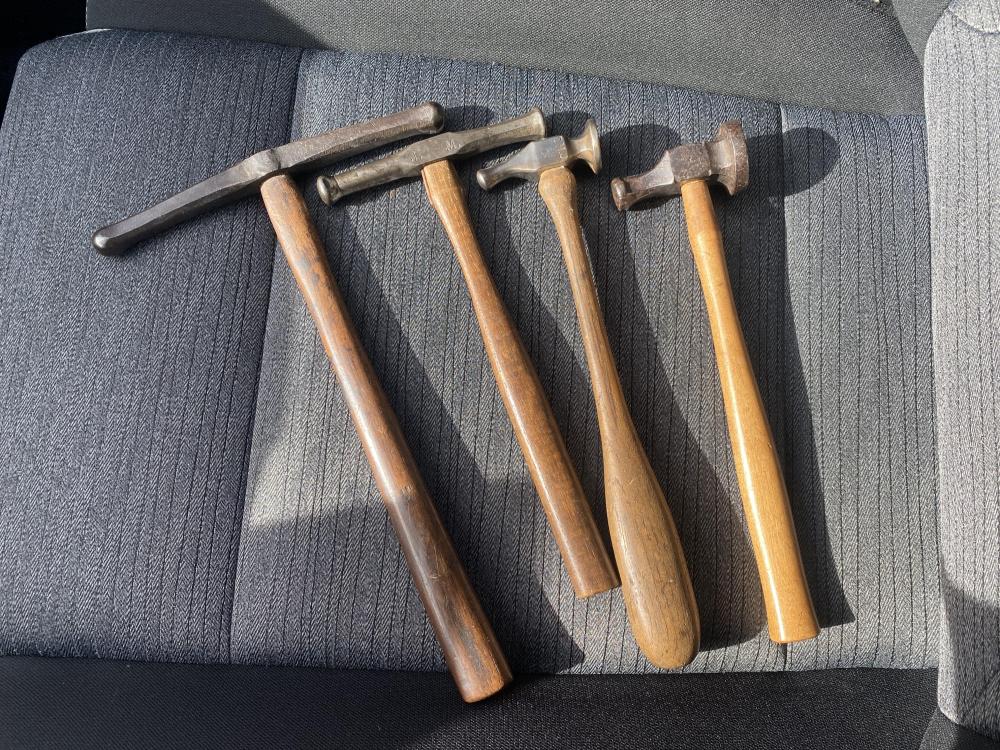
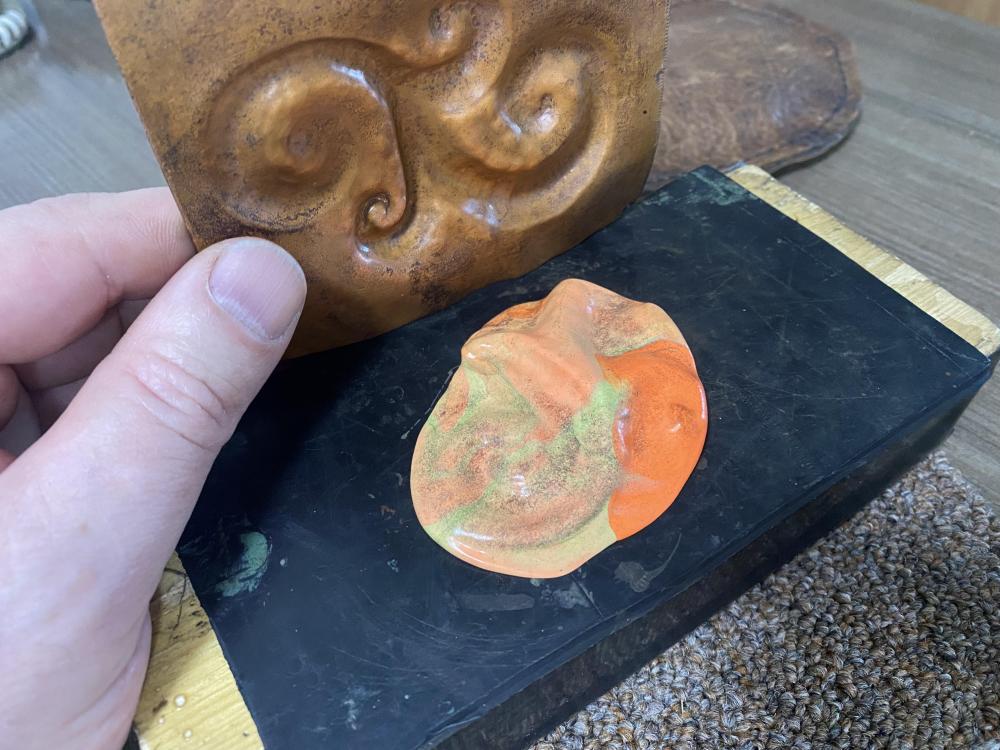
It followed me home
in Blacksmithing, General Discussion
Posted
Another FB Marketplace find: two pairs of welding gloves for $20.
The leather of the pair on the left is a bit stiff. Anyone ever have any success with softening up welding gloves with mink oil or a similar leather conditioner?